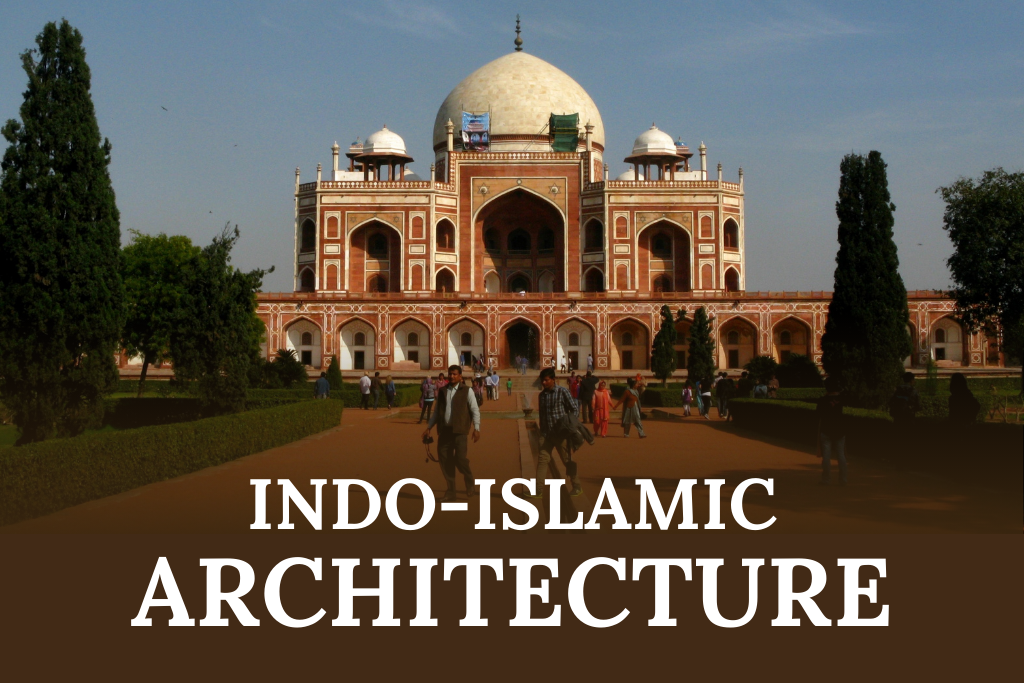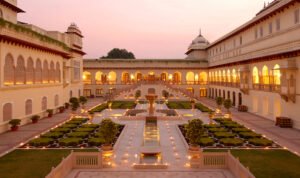The arrival and establishment of Islamic rule in India—primarily through the Delhi Sultanate and the Mughal Empire—had a profound and lasting influence on the country’s culture, architecture, language, art, and administration. While India was already rich in heritage, the Islamic dynasties introduced new aesthetics, beliefs, and ideas that led to a unique Indo-Islamic fusion.
Architectural Influence
Islamic architecture in India brought grand innovations that transformed the subcontinent’s skyline.
Key Features Introduced:
Domes and Arches
Minarets and Large Gateways
Charbagh (four-part) garden layout
Use of geometric patterns and calligraphy
Marble inlay work and decorative jali (lattice) screens
Famous Examples:
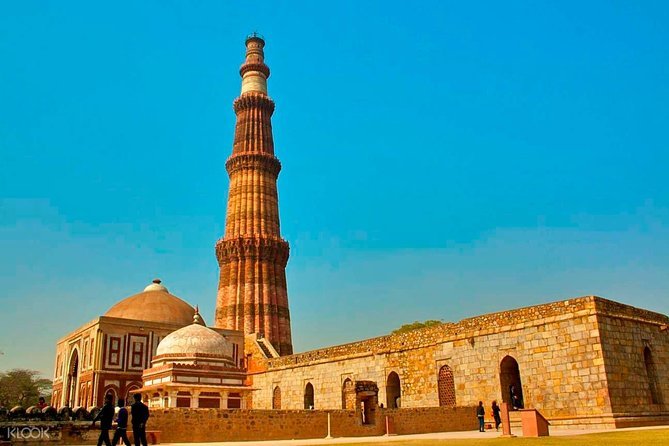
Qutub Minar
Built by Qutb-ud-din Aibak in Delhi, it represents the beginning of Indo-Islamic architecture.
Humayun’s Tomb
A precursor to the Taj Mahal, it introduced Persian-style garden tombs.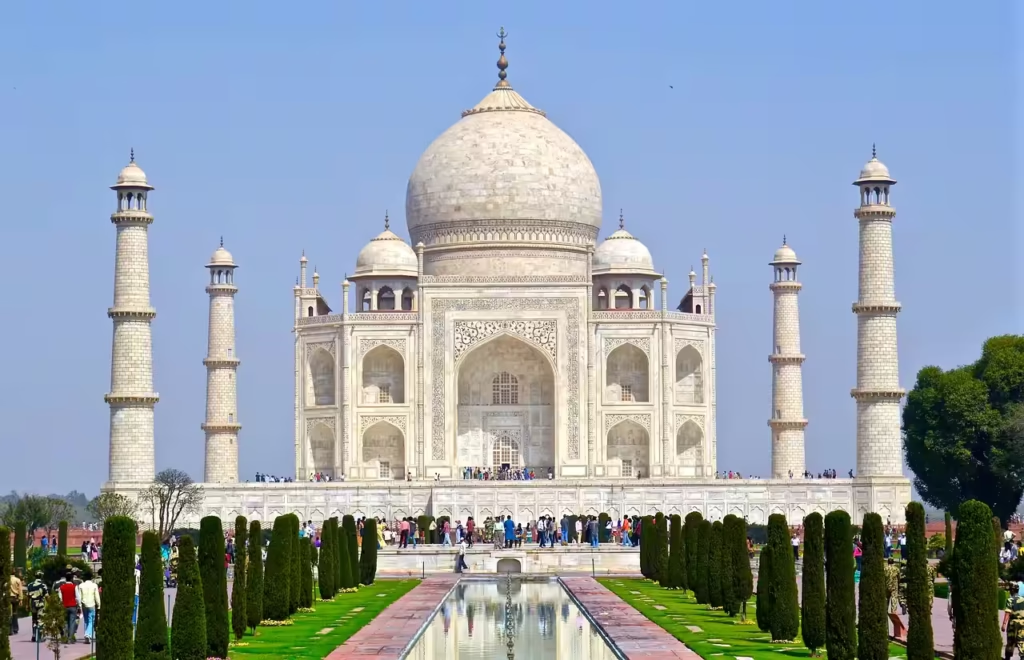
Taj Mahal
A world-renowned symbol of love, built by Shah Jahan, blending Persian, Turkish, and Indian designs.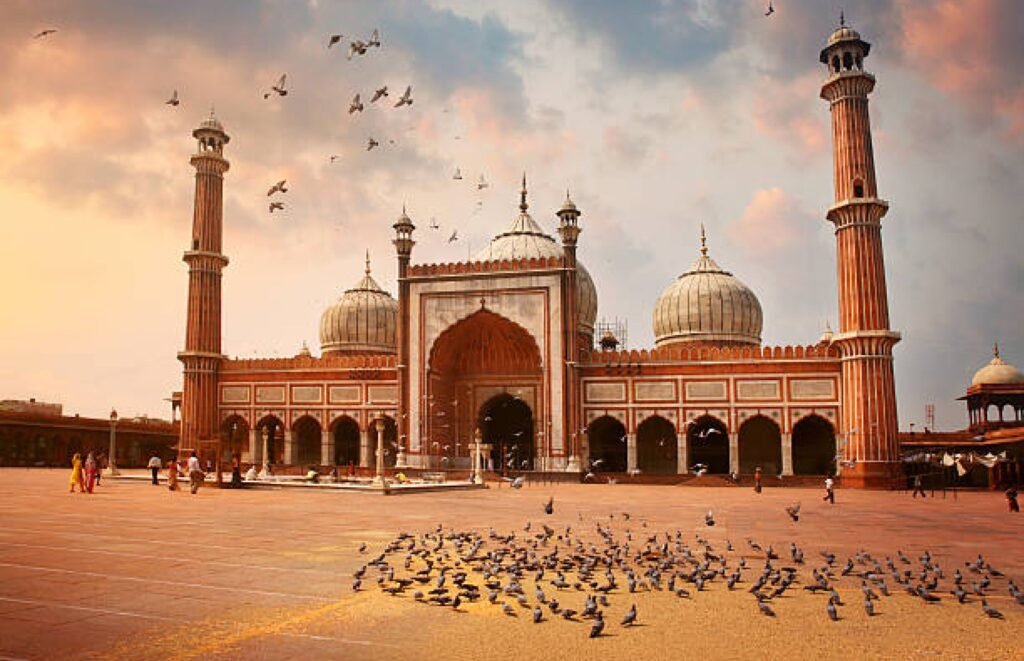
Jama Masjid, Delhi
One of the largest mosques in India, built in red sandstone and white marble.Cultural and Artistic Influence
1. Language & Literature
The court language during Islamic rule was Persian, and it remained dominant for centuries.
Urdu, a blend of Persian, Arabic, and local dialects, emerged during this time and flourished.
Mughal emperors like Akbar and Jahangir supported poets, scholars, and translators of multiple languages.
2. Painting
The Mughals encouraged miniature paintings—detailed and colorful artworks combining Persian techniques with Indian themes.
These were used to illustrate manuscripts, court life, nature, and mythology.
3. Music
Islamic rulers patronized Hindustani classical music, blending Persian musical traditions with Indian ragas.
Tansen, one of the nine jewels in Akbar’s court, is a notable figure from this era.
Educational and Religious Institutions
The establishment of madrasas (Islamic schools) encouraged education in science, mathematics, medicine, and literature.
Sufi saints like Khwaja Moinuddin Chishti and Nizamuddin Auliya promoted values of peace, love, and unity, drawing followers across religions.
Social and Cultural Fusion
Food: Introduction of biryani, kebabs, naan, and rich Mughlai cuisine.
Clothing: Influence seen in sherwanis, anarkalis, and use of fine fabrics like muslin and silk.
Festivals: Celebrations like Eid, Urs, and Muharram became part of India’s cultural calendar.
Architecture Styles in Temples and Palaces: Some Hindu temples and palaces adopted Islamic architectural elements.
Lasting Legacy
The Islamic period in India gave birth to an Indo-Islamic civilization, especially visible in cities like Delhi, Agra, Hyderabad, Lucknow, and Jaipur. It’s a reminder of how cultural interactions, even through conquests, can result in beautiful creations and rich legacies.

